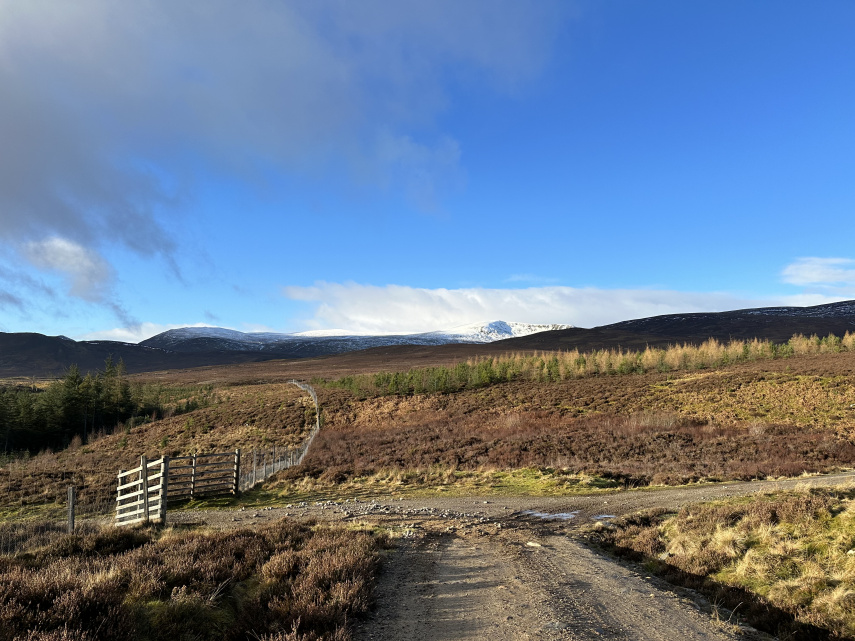
Oh deer. They’re in the neeps again.
Bob McIntosh
The need to reduce deer numbers in Scotland is an ongoing topic of discussion and, sometimes, controversy. While it is clear that open hill red deer numbers are reducing, the lowlands have generally seen an increase in deer numbers of all species and red deer are turning up in areas from which they were previously absent. Patterns of movement, of red deer in particular, are being altered by the erection of deer fences to protect woodland or to exclude deer from grouse moors so deer may be funnelled into new areas. The number of tenants reporting large numbers of red deer on in bye ground, particularly at night, has increased in recent years and causes justified concern about damage to crops, loss of grazing/forage and damage to walls and fences. In most such situations the sporting rights will have been retained by the landlord and may be exercised by the landlord or by a sporting tenant and there is clearly potential for the wishes of the tenant with regard to deer numbers to be at odds with the desires of the holder of the sporting rights. Ignoring the issue is not an option and active discussion involving the relevant parties is essential if an amicable solution is to be arrived at.
A tenant in this position should firstly take action to record the nature and extent of any damage suffered. Dated photographs showing damage and the presence of deer should be obtained along with records of the number of deer counted on particular dates. Most people involved in deer management nowadays have thermal imaging devices which can identify and record deer presence in darkness so try to obtain footage by this method too. The landlord should be alerted to the problem and provided with relevant evidence and a request for a discussion. It may be helpful to involve the local NatureScot deer management officer, particularly if the deer are coming from land not under the control of the landlord. They will generally have knowledge of the deer situation in that area, can be helpful in brokering a solution and ultimately have powers of intervention if that should become necessary. If the holding is within an area covered by a Deer Management Group then involvement of the Group is likely to be helpful as the implications of action may extend to wider than just the landlord. Hopefully these discussions will lead to the development of a solution, may involve a combination of increased culling, fencing and/or compensation by means of a reduced rent for the holding.
If it proves difficult or impossible to agree a course of action, the tenant ultimately has powers under the Deer (Scotland) Act 1996 to take action. The tenant can kill, and sell or otherwise dispose of, deer on arable land, improved permanent pasture (other than moorland) and land which has been regenerated so as to be able to make a significant contribution to the productivity of the holding if the occupier has reasonable ground for believing that damage will be caused to crops, pasture or human or animal foodstuffs on that agricultural land if the deer are not taken or killed. The tenant cannot take action to kill deer on land where there is no evidence of meaningful attempts having been made to improve the land. The tenant can carry out the action or authorise another person or persons to do so. The authorised person(s) may be the owner in person; the owner’s employees; the occupier’s employees, or any other person normally resident, on the land; any other person approved in writing by NatureScot as a fit and competent person for the purpose which may include deer culling contractors. NatureScot may issue licences that enable night shooting to take place, and that has become more efficient with the recent law change that allows the use of thermal and light intensifying sights to be used. Tenants should ensure that anyone brought in to carry out deer control has all the necessary qualifications, authorisations and experience .
This is one of those issues where the interests of the landlord and the tenant may clash and if the problem is not addressed quickly and effectively it may damage the landlord/tenant relationship so careful handling by all involved is essential if a practical and mutually acceptable solution is to be arrived at.
